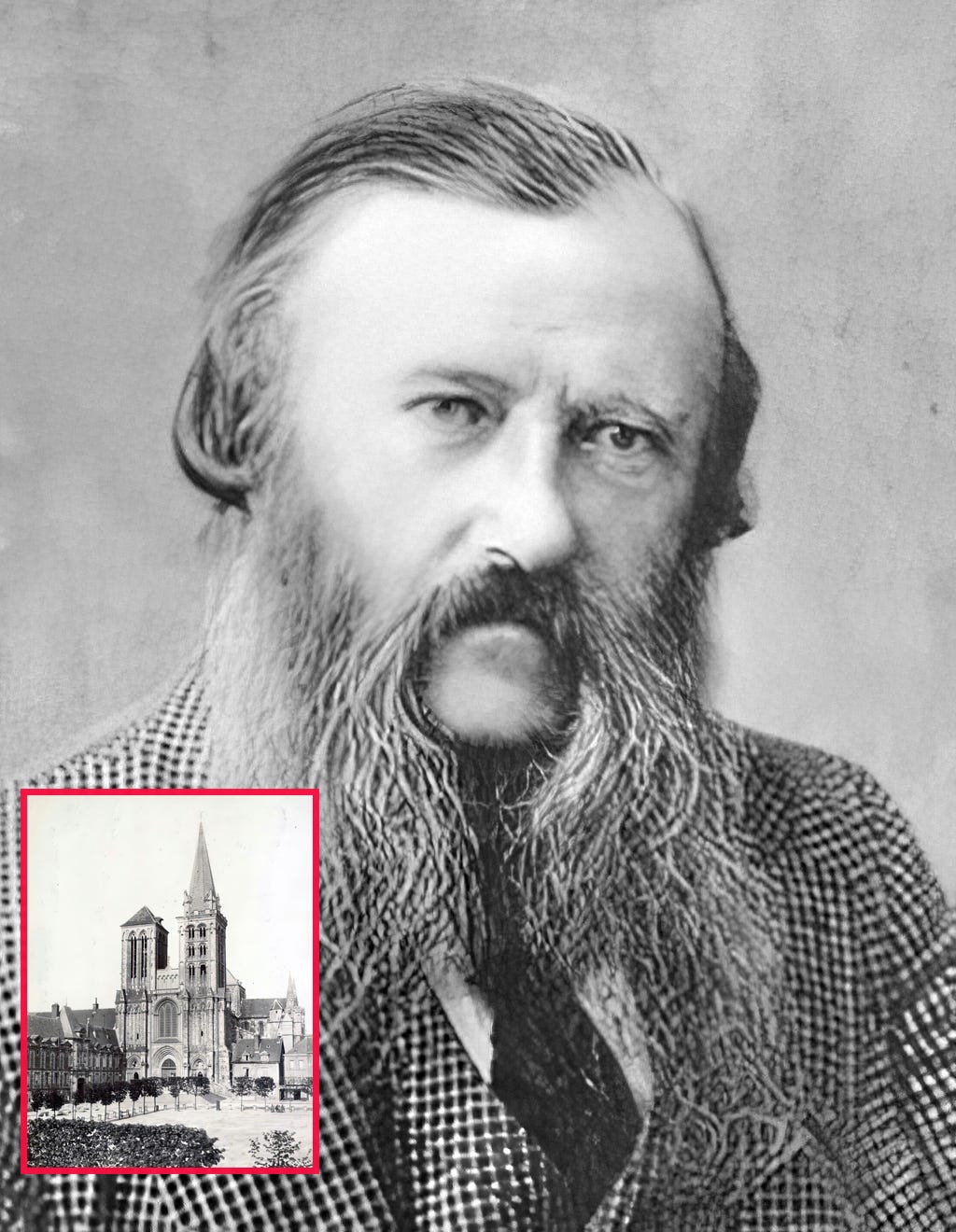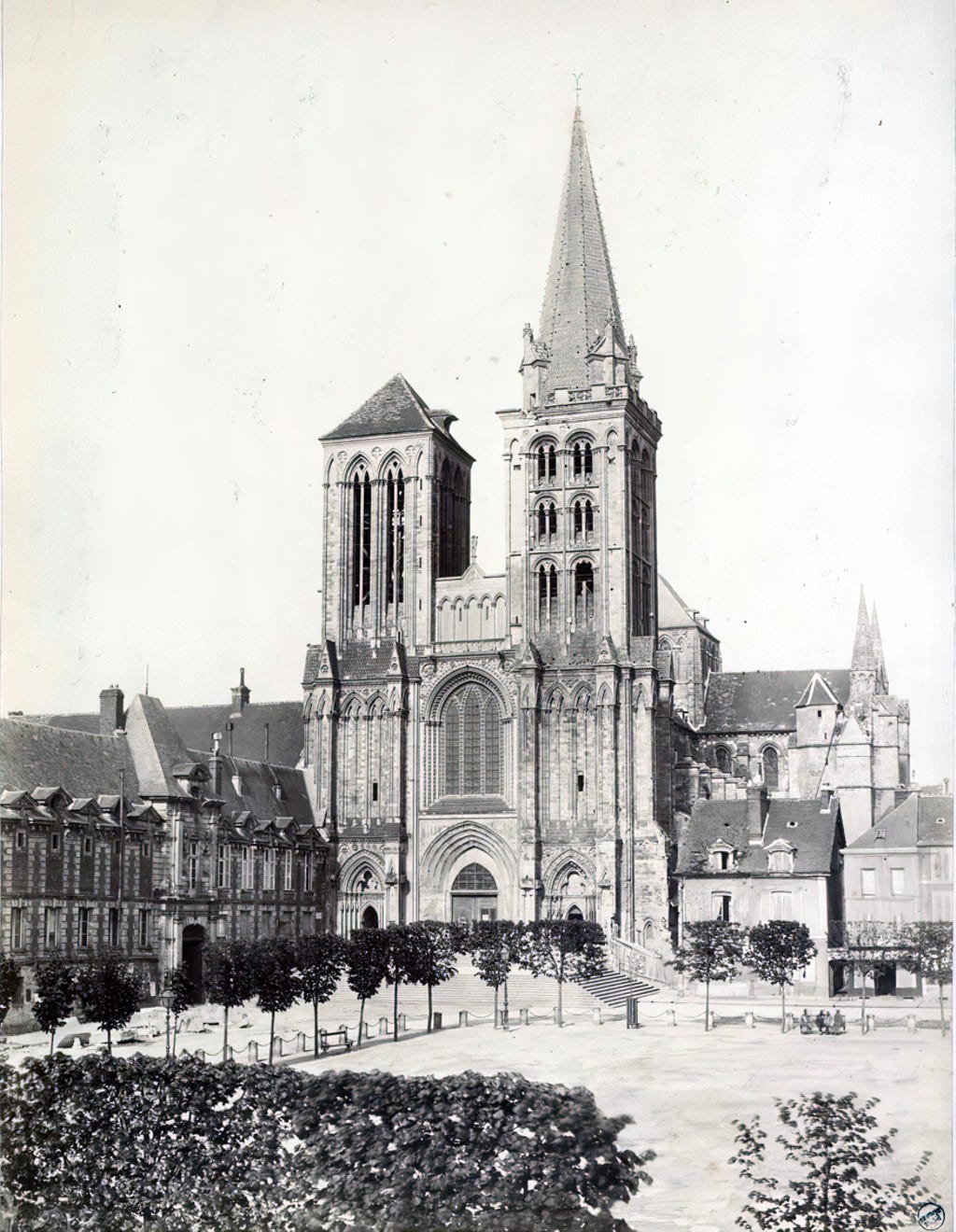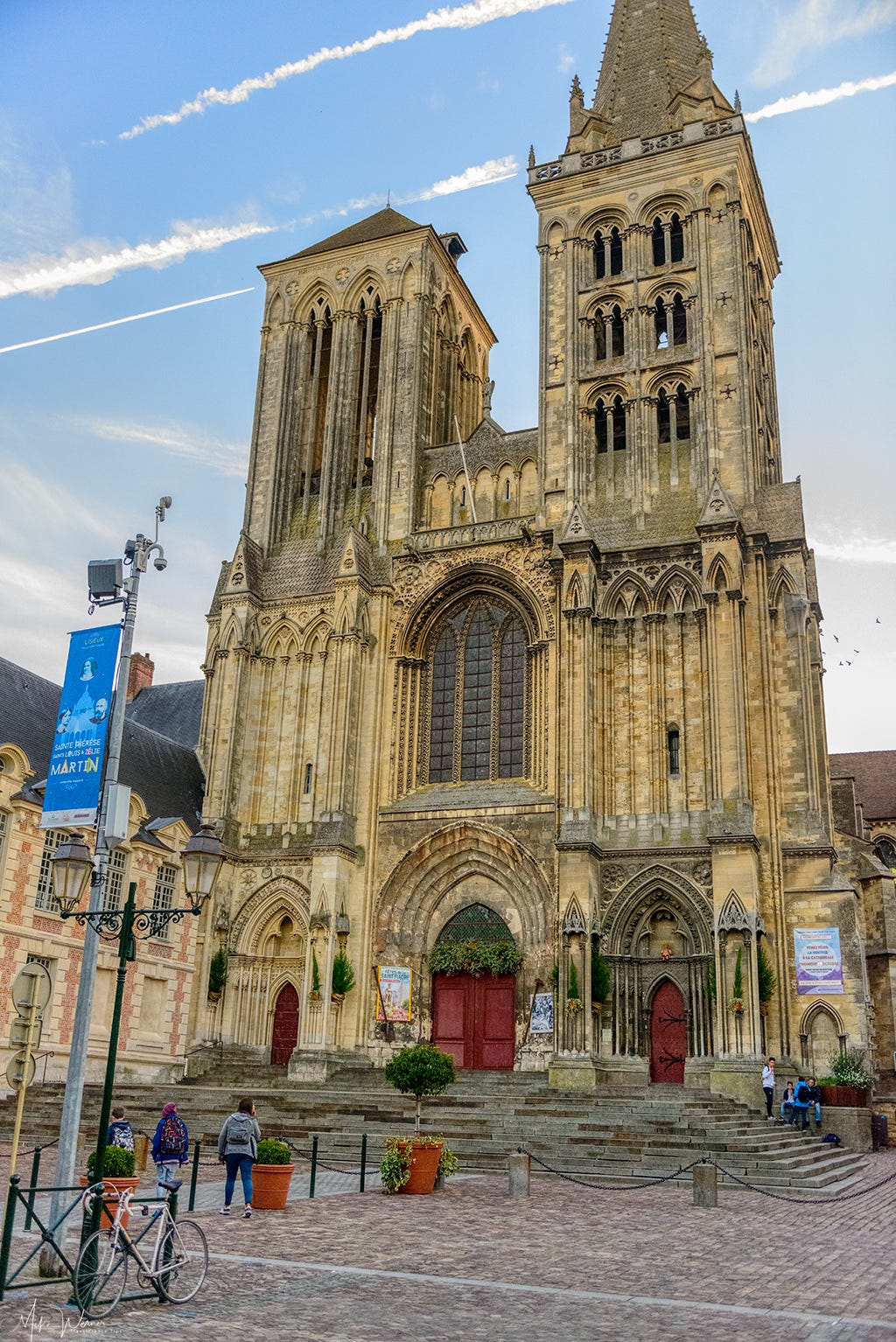Émile-André Letellier was a French photographer born in 1833 and died in 1893. He was active during the second half of the 19th century, a period marked by the rapid development of photographic techniques and their increasing use in both artistic and documentary contexts.
Letellier is known primarily for his photographic views of Normandy, particularly Rouen and the surrounding areas. His work is representative of the early enthusiasm for capturing urban and rural architecture, landscapes, and scenes of everyday life using the relatively new medium of photography. His photographs are often distinguished by their compositional precision and the clarity with which they render architectural details, reflecting the 19th-century fascination with documenting the material heritage of France.
He practiced albumen printing, a process that was widely used from the 1850s through the 1880s. This technique involved coating paper with egg white and silver nitrate to produce a photographic print with a fine level of detail and a warm tonal range. Letellier’s prints often featured clear, stable images, suggesting technical competence and artistic care.
Some of his surviving works are held in French public collections, including the Bibliothèque nationale de France and regional museums. These photographs are valuable not only for their aesthetic qualities but also as historical records of 19th-century French towns and monuments before many underwent major changes or restorations.
There is no confirmed evidence of Letellier's involvement in portrait photography or of his participation in major photographic societies, salons, or exhibitions, which suggests that he may have operated as a regional or commercial photographer rather than as a nationally recognized artistic figure. Nonetheless, the quality of his surviving prints indicates a deep engagement with the craft of photography and a clear understanding of its documentary power.
This was the only photograph he made in Lisieux that we found.






